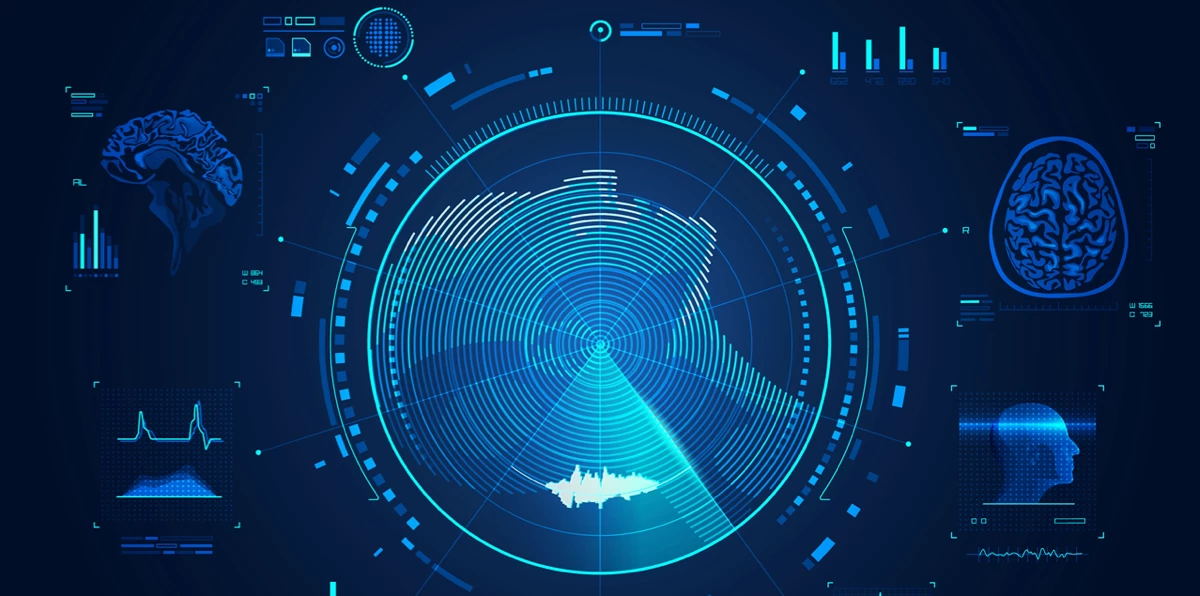14 Dec Innovation in Mental Health

Article by Natalia de la Figuera – Co-Founder and COO of GENESIS Biomed
• Mental illness affects, according to WHO data from 2019, 970 million people.
• He search for solutions to these diseases involves innovation and the promotion of social change.
• Innovation has enabled breakthroughs such as recent drugs for Alzheimer’s disease, the use of devices that stimulate brain function for the treatment of certain pathologies or Virtual Reality for post-traumatic stress disorder, among others.
Mental health encompasses the state of balance and well-being of our emotional, psychological and social being. It shapes our perception, emotions and behaviour in the face of life’s challenges. It also has a significant influence on our ability to manage stress, our interactions with other individuals and the decisions we make. Throughout life, mental health is an invaluable resource that enables us to cope with emotional and psychological complexities, enjoy a fulfilling quality of life and contribute positively to society as a whole.
Mental illness occurs when this state of equilibrium is disrupted, affecting a person’s thinking, mood and behaviour. These conditions can range from depression and anxiety, which are the most prevalent, to more serious disorders such as schizophrenia. The prevalence of mental illness is very high; according to WHO data, 970 million people globally are affected by a disorder in 2019. These figures reached record highs in 2020, because of the Covid breakthrough, with increases of up to 26% in disorders such as anxiety and 28% in depression. Although May 2023 marked the end of the pandemic, the reality is that its consequences still linger to this day, which together with changes in the model of modern society lead to very worrying figures for this type of illness.
The search for solutions to mitigate/attenuate this worrying increase involves two approaches.
- The social approach: in which political and social actors should promote changes (reducing the use of electronic devices, perception of a hopeful future, fitting new family models into affective relationships, etc.) to correct certain trends that have led us to the current situation, especially in disorders such as anxiety and depression.
- Innovation: as a way of transferring R&D into solutions that can solve mental illness.
In this article we will focus on the latter, innovation, and refer to the broad areas around which solutions are being developed:
- Medicines: The understanding of the brain, neural circuits, biomarkers and hormone signalling have contributed to the good momentum in research and development of drugs to treat mental illness. Special mention should be made of the appearance of drugs for Alzheimer’s disease, based on antibodies that seek to inhibit beta-amyloid precursor proteins (Donanemab, Aducanumab, lecanemab), which, although they do not stop the disease, do slow it down significantly. On the other hand, advances in diagnostic imaging and techniques such as electroencephalography have also boosted the development of new drugs. Advances in genetics are also facilitating the application of personalised medicine that is allowing treatment plans to be optimised.
- Medical devices based on diagnostic imaging: Neuroimaging has revolutionised our understanding of brain function and has become an essential tool for researchers studying neurological disorders. The integration of multiple modalities, such as fMRI (Functional magnetic resonance imaging), EEG (Electroencephalogram), DTI (Diffusion tensor imaging) and PET (Positron emission tomography), has improved our understanding of brain disorders by combining spatial, temporal and molecular information. This knowledge has also enabled the development of new treatments based on medical devices. These devices include TES (transcranial electrical stimulation), which passes weak electrical currents through the brain using two or more electrodes on the scalp to alter brain function and is used for conditions ranging from psychiatric illnesses to chronic neuropathic pain. Another such as DTI (Diffusion tensor imaging) detects the white matter fibres that connect different parts of the brain, helping to map specific areas of the brain, for example prior to surgery. And innovations such as neurofeedback that use real-time brain activity data to help people regulate their emotions and improve concentration.
- Digital Mental Health Platforms: The rise of mobile apps has led to the development of various mental health apps. These apps offer features such as mood tracking, meditation exercises, cognitive behavioural therapy (CBT) and crisis support. They provide accessible and personalised mental health resources to users. Also within these are telemedicine platforms that allow people to connect with mental health professionals remotely, improving access to mental health services. Other platforms, on the other hand, are aimed at creating support networks that allow people facing similar mental health challenges to connect with each other. The latter foster empathy, reduce stigma and provide a sense of belonging.
- Developments in Mental Health innovation around new IT technologies. Among them we can highlight:
- Artificial Intelligence (AI): The use of AI algorithms enables the analysis of data to predict mental health outcomes and personalise treatment plans. When this data is processed through an algorithm to help the healthcare professional make decisions for diagnostic or therapeutic purposes, the platform becomes a Clinical Decision Support System (CDSS). As has already been mentioned on numerous occasions, AI shows great potential in this field, but it is always important that decisions are corroborated by healthcare professionals.
- Virtual Reality (VR) Therapy: VR technology creates immersive environments for exposure therapy, relaxation, concentration and stress reduction. It is used to treat phobias, post-traumatic stress disorder (PTSD), anxiety disorders, autism spectrum disorders, etc. For example, virtual reality therapy has a 66 to 90% success rate for people with PTSD when used to enhance cognitive behavioural therapy (CBT), according to 2022 research in JMIR Serious Games.
The examples given in this press release are just a sample of what is yet to come. Knowledge of the human brain and the disorders that afflict it remains a great challenge to be met, and only research will allow us to make progress in improving the quality of life of many people.


